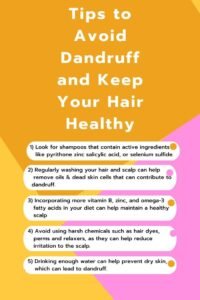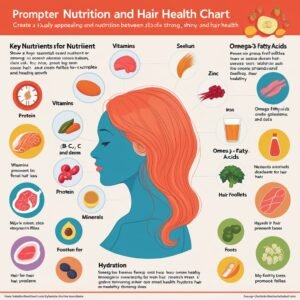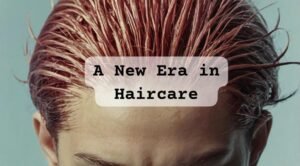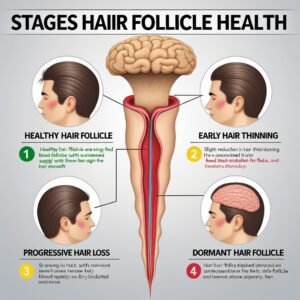The Truth About Dandruff: Causes, Myths, and Treatments
Dandruff is a common scalp condition characterized by flakes of dead skin falling from the scalp. While it can be frustrating, it’s usually harmless. Here’s a breakdown of the causes, common myths, and treatments.
Causes of Dandruff

1. Seborrheic Dermatitis
One of the main causes, this is a condition that causes inflamed, oily skin, leading to flakes. It’s often seen in areas with a lot of sebaceous (oil) glands, such as the scalp.
2. Malassezia Yeast
The scalp is home to a yeast-like fungus called Malassezia. When this fungus grows out of control, it can irritate the scalp and cause dandruff.
3. Dry Skin
Cold weather, low humidity, or harsh shampoos can dry out the skin on your scalp, leading to flakes.
4. Sensitivity to Hair Care Products
Some people are sensitive or allergic to certain ingredients in hair products, causing irritation and flakes.
5. Not Shampooing Enough
When you don’t wash your hair regularly, oils and skin cells can accumulate, leading to dandruff.
6. Underlying Health Issues
Certain health conditions, such as Parkinson’s disease, HIV, or autoimmune conditions, may contribute to dandruff.
Common Myths About Dandruff

1. Dandruff is Caused by Poor Hygiene
While poor hygiene can contribute to the buildup of oils and skin cells, dandruff isn’t directly linked to cleanliness. Over-washing or using harsh shampoos can sometimes make the condition worse.
2. Dandruff Means You Have Dry Scalp
Not always! While dry skin can cause flakes, dandruff is often associated with oily scalp conditions, like seborrheic dermatitis. So, it’s not just about dryness; it’s about the overall condition of your scalp.
3. Dandruff affects only adults
Dandruff can affect people of all ages, even children and teenagers. In fact, it typically begins in early adulthood and can continue throughout life.
4. Washing Your Hair Too Often Gets Rid of Dandruff
Over-washing can sometimes worsen dandruff by stripping the scalp of natural oils, leading to dryness. Finding the right balance and using the right products are the keys.
Treatment for Dandruff

1. Anti-Dandruff Shampoos
Shampoos containing active ingredients like:
– Zinc Pyrithione (controls yeast production)
– Ketoconazole (antifungal)
– Selenium Sulfide (reduces yeast and oil buildup)
-Coal Tar(slows down skin cell turnover)
– Salicylic Acid(exfoliates and helps with flake removal)
You may need to try a few to find the one that works best for you.
2. Scalp Treatments
Natural oils, such as tea tree oil or coconut oil, may help reduce dandruff. Massaging oils onto your scalp before shampooing can moisturize and soothe irritation.
3. Diet and Lifestyle
A healthy diet rich in vitamins, minerals, and Omega-3 fatty acids can promote scalp health. Managing stress levels is also important, as stress can worsen dandruff.
4. Avoid Irritants
Switch to milder shampoos that don’t contain harsh chemicals like sulfates. Also, try to minimize the use of styling products that can build up on your scalp.
5. Home Remedies
Some people find relief with home remedies, such as apple cider vinegar rinses (to balance scalp pH), aloe vera (to soothe inflammation), or lemon juice (to reduce oil).
6. Consult a Dermatologist
If dandruff persists or worsens, it may be a sign of another skin condition, like psoriasis or eczema, which may require specific treatments prescribed by a dermatologist.
In conclusion, dandruff is a common condition that can be managed effectively with the right treatments. Understanding its causes and dispelling myths can help in selecting the best approach for controlling it.
By R.srikanya





